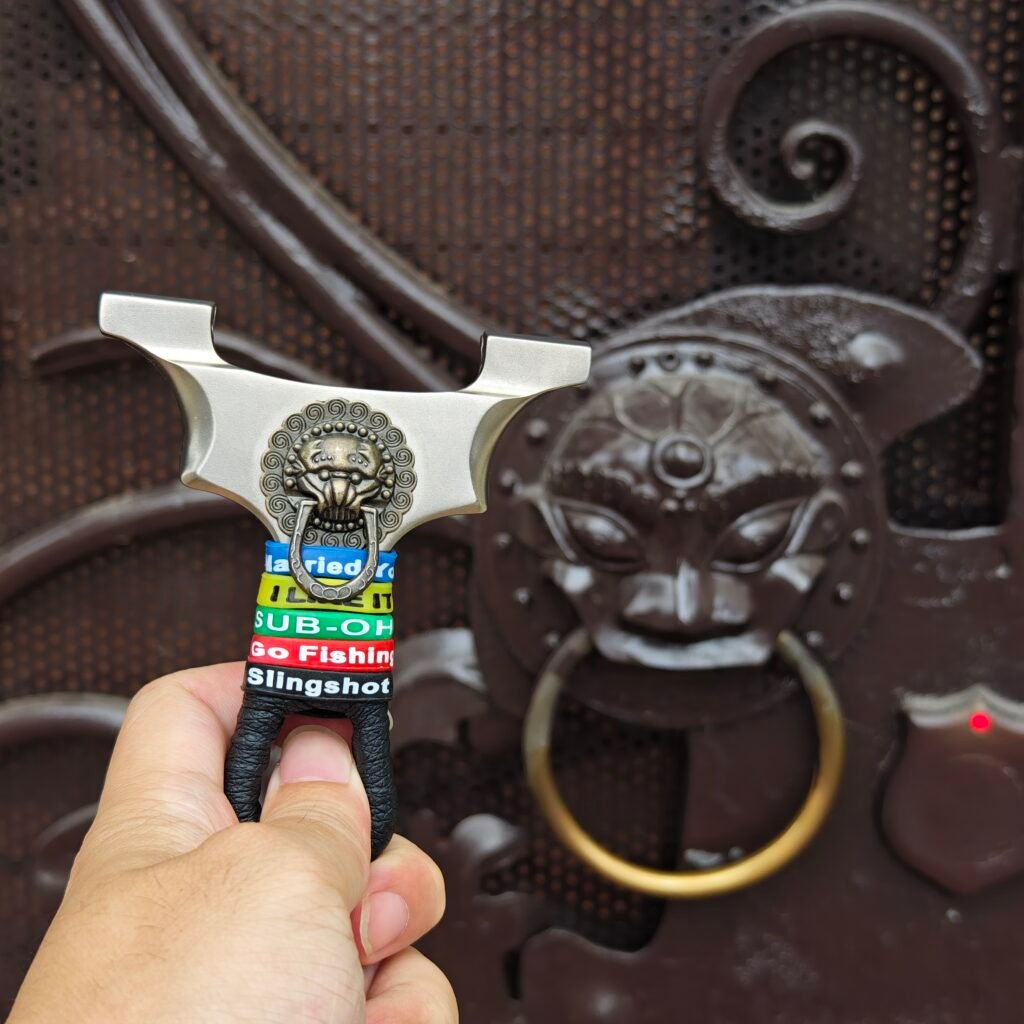Best Slingshot Ammo for Speed and Power: A Complete Guide 🎯
Selecting the ideal slingshot ammo is crucial for optimizing your slingshot’s performance, whether you’re aiming for speed in target practice or power for hunting. The weight of your slingshot projectiles affects velocity, impact, and accuracy. This expert guide, informed by physics and community insights, provides actionable tips to choose the perfect slingshot ammo for any scenario, from backyard plinking to competitive shooting. 1. How Slingshot Ammo Weight Impacts Performance ⚖️ The weight of your slingshot ammo determines how fast it travels and how much energy it delivers: Light Ammo (1-3 g): Accelerates quickly for high slingshot velocity and straighter trajectories, perfect for precision target shooting. Heavy Ammo (5-8 g): Carries more kinetic energy for stronger impact, ideal for slingshot hunting but with reduced speed. Science Behind It: The velocity formula (v = √(2E/m)) shows lighter ammo (lower m) achieves higher speeds, while heavier ammo stores more energy (E = ½mv²)
Best Slingshot Ammo for Speed and Power: A Complete Guide 🎯 Read More »

